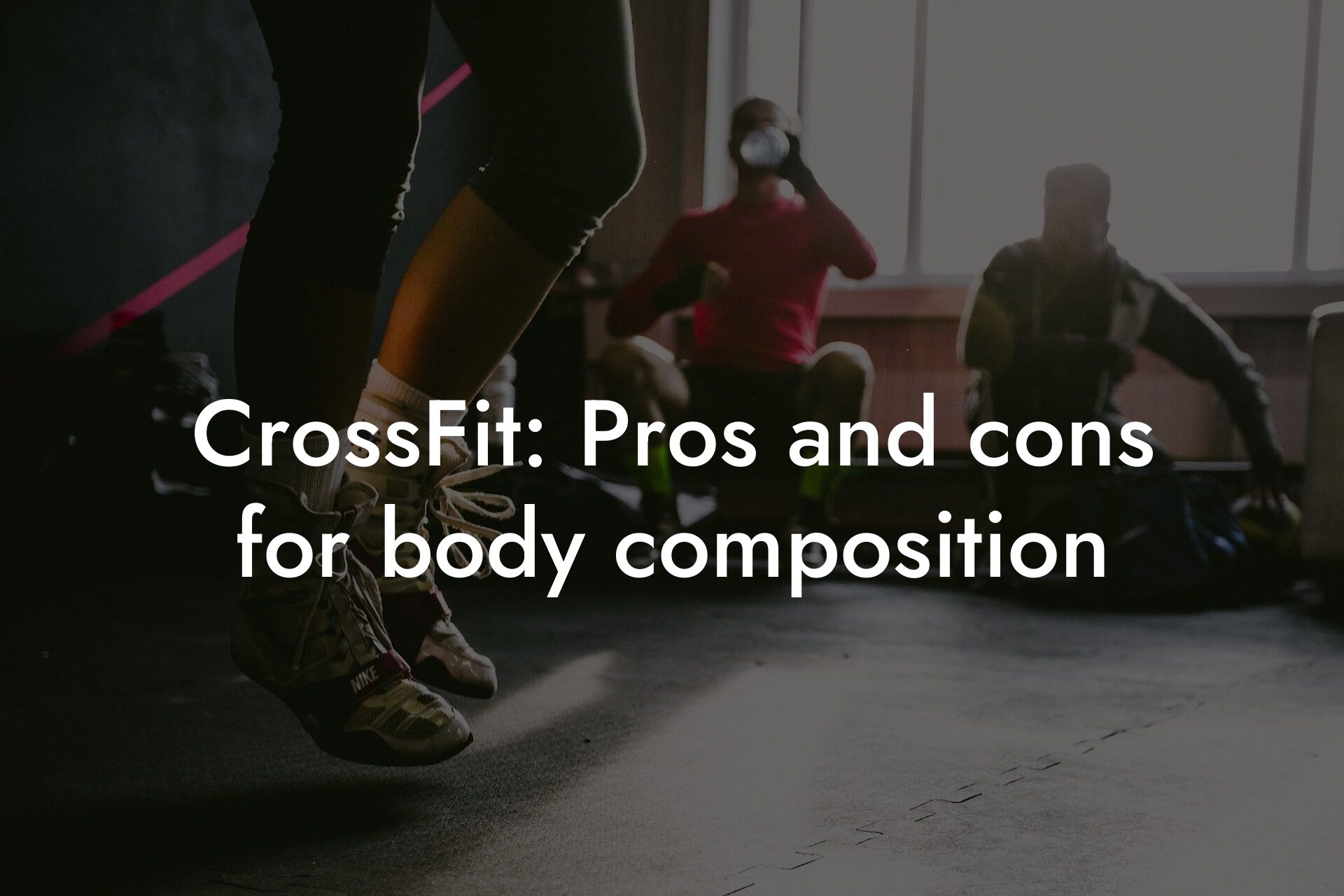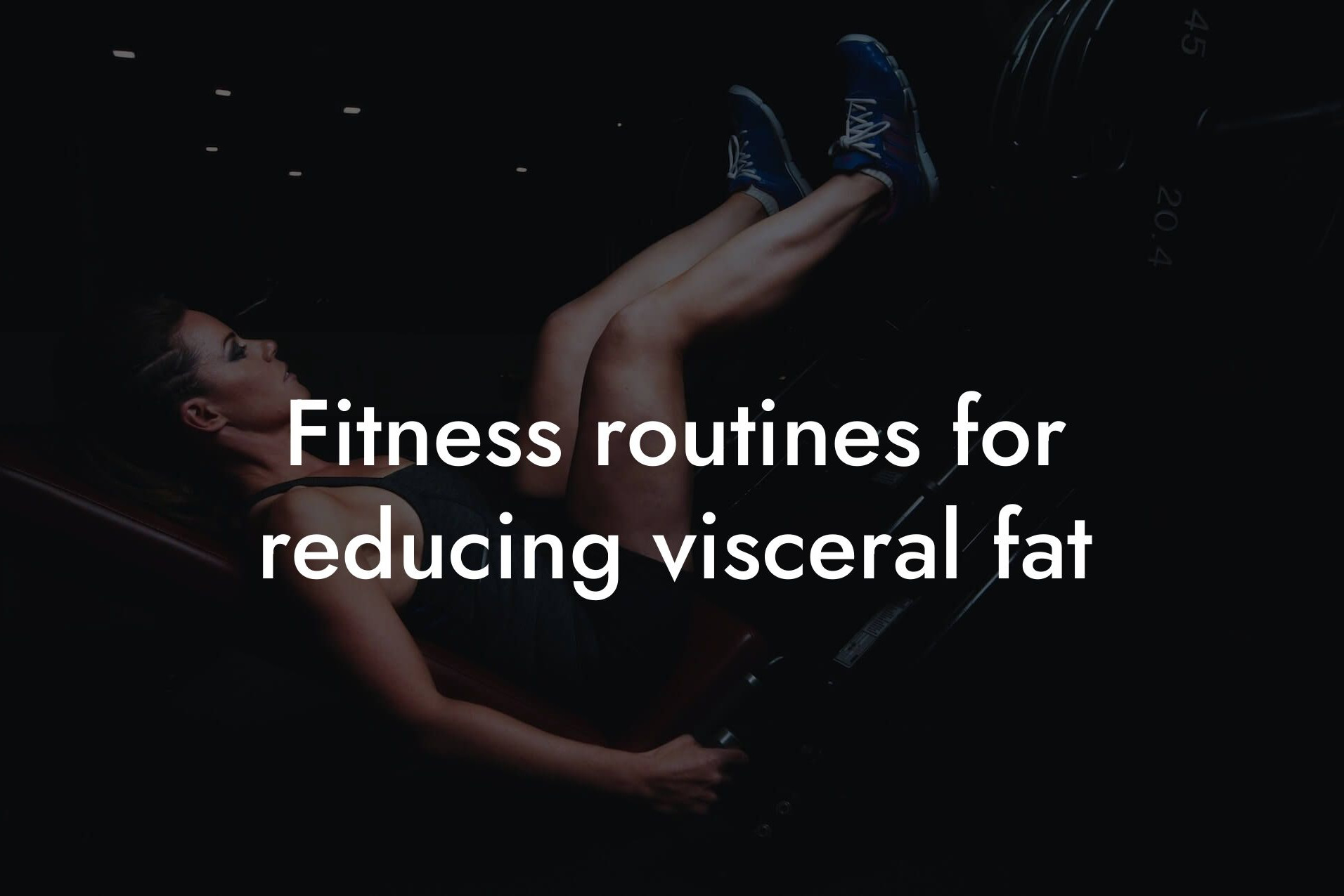As a high-earning professional, you understand the importance of maintaining a healthy and toned physique. Not only does it boost your confidence, but it also enhances your overall well-being and energy levels. At Tano Performance Group, we believe that achieving your fitness goals requires a comprehensive approach, which is why we use advanced DEXA machine technology to provide you with a complete body assessment. In this article, we'll explore the benefits of resistance bands for muscle toning, a versatile and effective tool that can help you take your fitness journey to the next level.
Table of Contents
What are Resistance Bands?
Resistance bands are lightweight, portable, and inexpensive exercise tools that provide a gentle yet challenging workout for your muscles. They come in various types, including tube bands, loop bands, and flat bands, each with its own unique characteristics and benefits. Resistance bands work by using tension to oppose your movements, engaging your muscles and helping you build strength and endurance.
Benefits of Resistance Bands for Muscle Toning
Resistance bands offer numerous benefits for muscle toning, including:
Increased muscle strength and endurance: Resistance bands provide a gentle yet challenging workout for your muscles, helping you build strength and endurance over time.
Improved flexibility and range of motion: Resistance bands help increase your flexibility and range of motion, reducing the risk of injury and improving overall mobility.
Low-impact exercise: Resistance bands are a low-impact exercise option, making them ideal for individuals with joint pain or other mobility issues.
Portability and convenience: Resistance bands are lightweight and portable, allowing you to work out anywhere, anytime.
Cost-effective: Resistance bands are an affordable exercise option, eliminating the need for expensive gym memberships or equipment.
How to Use Resistance Bands for Muscle Toning
To get the most out of resistance bands for muscle toning, follow these tips:
Start with lighter resistance levels and gradually increase the tension as you build strength and endurance.
Focus on slow and controlled movements, taking 2-3 seconds to complete each repetition.
Aim for 3-4 sets of 8-12 repetitions for each exercise, resting for 60-90 seconds between sets.
Incorporate a variety of exercises into your routine, targeting different muscle groups to ensure overall muscle toning.
Best Resistance Band Exercises for Muscle Toning
Here are some of the best resistance band exercises for muscle toning:
Bicep curls: Hold the resistance band in both hands, with your palms facing forward. Curl your arms up towards your shoulders, then slowly lower back down.
Tricep dips: Hold the resistance band in one hand, with the other hand grasping the band at shoulder height. Lower your body down by bending your elbow, then straighten your arm to return to the starting position.
Chest presses: Hold the resistance band in both hands, with your arms extended in front of you. Press the band away from your body, then slowly return to the starting position.
Shoulder rotations: Hold the resistance band in one hand, with the other hand grasping the band at shoulder height. Rotate your shoulder in a circular motion, first clockwise and then counterclockwise.
Common Mistakes to Avoid When Using Resistance Bands
While resistance bands are a safe and effective exercise option, there are some common mistakes to avoid:
Using too much resistance: Start with lighter resistance levels and gradually increase the tension as you build strength and endurance.
Jerky or bouncy movements: Focus on slow and controlled movements to avoid injury and get the most out of your workout.
Not warming up or cooling down: Always warm up before your workout and cool down afterwards to prevent injury and reduce muscle soreness.
Incorporating Resistance Bands into Your Fitness Routine
To get the most out of resistance bands for muscle toning, incorporate them into your fitness routine in a way that works for you:
Use resistance bands as a warm-up or cool-down exercise to improve flexibility and range of motion.
Incorporate resistance band exercises into your strength training routine, 2-3 times per week.
Use resistance bands as a supplement to your cardio workout, adding an extra challenge to your routine.
Resistance bands are a versatile and effective tool for muscle toning, offering numerous benefits for high-earning professionals like yourself. By incorporating resistance bands into your fitness routine, you can improve muscle strength and endurance, increase flexibility and range of motion, and enhance your overall physique. At Tano Performance Group, we're committed to helping you achieve your fitness goals, which is why we offer comprehensive body assessments using advanced DEXA machine technology. Contact us today to learn more about how we can help you take your fitness journey to the next level.
Frequently Asked Questions
What are resistance bands and how do they work?
Resistance bands are lightweight, portable, and versatile exercise tools that provide resistance to help strengthen and tone your muscles. They work by applying tension to your muscles as you stretch and move them, engaging your muscles and promoting growth and development. Unlike traditional weights, resistance bands do not rely on gravity, making them an excellent option for exercises that target multiple muscle groups simultaneously.
What are the benefits of using resistance bands for muscle toning?
Resistance bands offer a range of benefits for muscle toning, including increased muscle strength, improved muscle endurance, enhanced muscle flexibility, and boosted metabolism. They are also low-impact, making them an excellent option for those who are recovering from injuries or have joint issues. Additionally, resistance bands are portable, affordable, and easy to use, making them an ideal addition to any fitness routine.
Can I use resistance bands for a full-body workout?
Absolutely! Resistance bands are incredibly versatile and can be used to target every major muscle group, including your arms, legs, chest, back, shoulders, and core. With a few simple exercises, you can engage your entire body and get a comprehensive workout.
How do resistance bands compare to free weights and machines?
Resistance bands offer several advantages over traditional free weights and machines. They are more portable, require less space, and are often more affordable. Additionally, resistance bands provide a more functional and dynamic workout, engaging your stabilizer muscles and promoting better overall muscle balance. They also tend to be lower-impact, reducing the risk of injury and joint strain.
Are resistance bands suitable for beginners?
Yes! Resistance bands are an excellent option for beginners, as they are easy to use, require minimal setup, and provide a gentle learning curve. They are also an excellent way to build confidence and develop proper form and technique, making them an ideal introduction to strength training.
Can I use resistance bands for rehabilitation and injury recovery?
Resistance bands are often used in physical therapy and rehabilitation settings due to their low-impact nature and ability to provide gentle, controlled resistance. They can help improve range of motion, strength, and flexibility, making them an excellent option for those recovering from injuries or surgery.
How do I choose the right resistance band for my needs?
When selecting a resistance band, consider your fitness level, goals, and the exercises you plan to perform. Look for bands with adjustable resistance levels, durable materials, and comfortable grips. It's also essential to choose a band that provides a suitable range of motion and allows for proper form and technique.
Can I use resistance bands for high-intensity workouts?
Absolutely! While resistance bands are often associated with lower-intensity exercises, they can also be used for high-intensity workouts. By increasing the resistance level, using multiple bands, or incorporating explosive movements, you can create a challenging and intense workout that pushes your muscles to their limits.
How often should I use resistance bands for optimal results?
For optimal results, aim to use resistance bands 2-3 times per week, targeting different muscle groups each session. This allows for adequate recovery time and promotes consistent progress and muscle growth. However, you can adjust the frequency based on your individual goals and fitness level.
Can I use resistance bands in combination with other exercise equipment?
Yes! Resistance bands can be used in conjunction with other exercise equipment, such as dumbbells, kettlebells, or machines, to create a more comprehensive and varied workout. This can help keep your workouts fresh and engaging, while also promoting overall muscle balance and development.
Are resistance bands suitable for older adults or seniors?
Resistance bands are an excellent option for older adults or seniors, as they provide a low-impact, gentle, and controlled way to improve strength, flexibility, and mobility. They can help reduce the risk of falls, improve bone density, and enhance overall physical function.
Can I use resistance bands for yoga or Pilates?
Yes! Resistance bands can be used to enhance your yoga or Pilates practice, providing an added challenge to your movements and helping to engage your core and stabilizer muscles. They can also help improve flexibility, balance, and overall body awareness.
How do I store and maintain my resistance bands?
To ensure the longevity of your resistance bands, store them in a cool, dry place, away from direct sunlight and extreme temperatures. Regularly inspect your bands for signs of wear and tear, and replace them as needed. Clean your bands with a mild soap and water solution, and avoid exposing them to harsh chemicals or abrasive materials.
Can I use resistance bands for athletic training or sports performance?
Absolutely! Resistance bands are often used by athletes and coaches to improve strength, power, speed, and agility. They can help enhance functional movement patterns, reduce the risk of injury, and improve overall athletic performance.
How do resistance bands compare to bodyweight exercises?
Resistance bands and bodyweight exercises share some similarities, but they also have some key differences. While bodyweight exercises rely solely on your body weight for resistance, resistance bands provide an additional challenge and can help engage your muscles more effectively. However, bodyweight exercises can be an excellent way to improve strength and mobility, especially for those who are new to exercise or have limited access to equipment.
Can I use resistance bands for weight loss?
Yes! Resistance bands can be an effective tool for weight loss, as they help build muscle mass, boost metabolism, and improve overall physical function. By incorporating resistance band exercises into your workout routine, you can burn calories, increase fat loss, and achieve your weight loss goals.
How do I incorporate resistance bands into my existing workout routine?
To incorporate resistance bands into your existing workout routine, start by replacing one or two exercises with band-based exercises. As you become more comfortable, you can gradually increase the number of band-based exercises and experiment with new movements and combinations.
Can I use resistance bands at home or while traveling?
Absolutely! Resistance bands are incredibly portable and can be used anywhere, making them an excellent option for those who prefer to work out at home or have a busy travel schedule. They are also a great way to stay active and engaged while on the go.
Are resistance bands suitable for people with joint issues or chronic pain?
Yes! Resistance bands are often recommended for people with joint issues or chronic pain, as they provide a low-impact, gentle, and controlled way to improve strength and mobility. They can help reduce pain and inflammation, improve joint stability, and enhance overall physical function.
Can I use resistance bands for core strengthening and stability?
Absolutely! Resistance bands are an excellent way to engage your core muscles, improve stability, and enhance overall athletic performance. They can help strengthen your abs, obliques, and lower back, while also improving balance and coordination.
How do I progress or increase the intensity of my resistance band workouts?
To progress or increase the intensity of your resistance band workouts, try increasing the resistance level, adding more repetitions or sets, or incorporating more complex movements and combinations. You can also experiment with different grip positions, angles, and exercises to challenge yourself and promote continued progress.
Can I use resistance bands for post-workout stretching and recovery?
Yes! Resistance bands can be an excellent tool for post-workout stretching and recovery, helping to improve flexibility, reduce muscle soreness, and promote relaxation. They can also be used to enhance self-myofascial release and promote overall muscle recovery.
Here are some related articles you might love...
- The best exercises for a strong core
- CrossFit: Pros and cons for body composition
- Fitness routines for reducing visceral fat
- Strength training for bone density enhancement
- How to design a workout plan based on DEXA scan results
- Strengthening exercises for bone fracture prevention
- Functional fitness for professionals
- Pilates for flexibility and core strength
- Balancing strength training with cardiovascular health
Zak Faulkner
Zak Faulkner is a leading authority in the realm of physical health and body composition analysis, with over 15 years of experience helping professionals optimise their fitness and well-being. As one the experts behind Tano Performance Group, Zak has dedicated his career to providing in-depth, science-backed insights that empower clients to elevate their physical performance and overall health.
With extensive knowledge of DEXA technology, Zak specializes in delivering comprehensive body assessments that offer precise data on body fat, muscle mass, bone density, and overall physique. His expertise enables individuals to make informed decisions and achieve their fitness goals with accuracy and confidence. Zak’s approach is rooted in a deep understanding of human physiology, combined with a passion for helping clients unlock their full potential through personalised strategies.
Over the years, Zak has earned a reputation for his commitment to excellence, precision, and client-focused service. His guidance is trusted by top professionals who demand the best when it comes to their health. Whether advising on fitness programs, nutritional strategies, or long-term wellness plans, Zak Faulkner’s insights are a valuable resource for anyone serious about taking their health and fitness to the next level.
At Tano Performance Group, Zak continues to lead our Content Team revolutionising how professionals approach their physical health, offering unparalleled expertise that drives real results.




